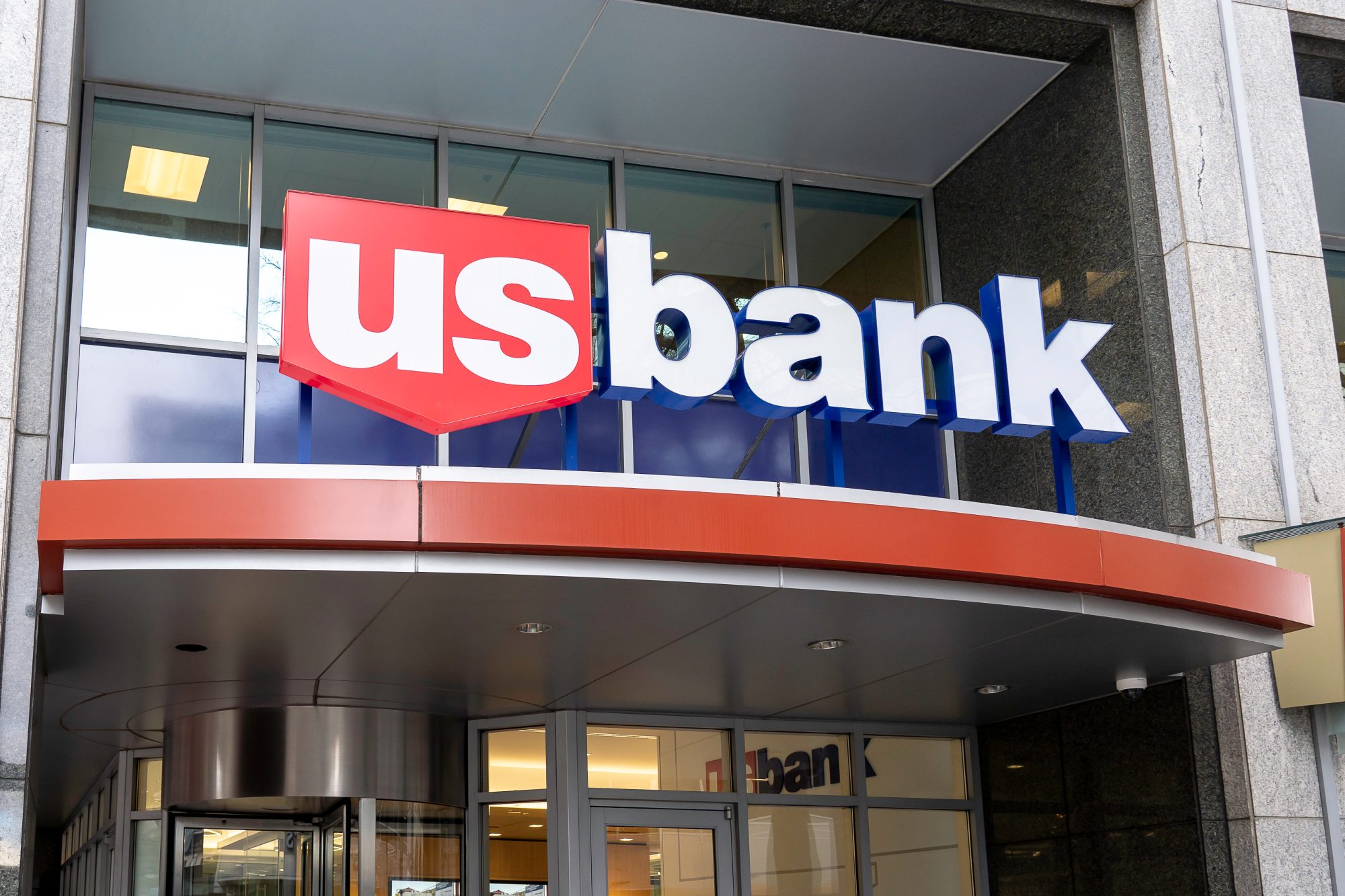The Value of a Secondary Call to Action
June 3, 2014
by Sarah Scorgie
PDF Print Email Reminder Share
Previous 1 (current) 2 Next
Advisor Perspectives welcomes guest contributions. The views presented here do not necessarily represent those of Advisor Perspectives.
In today’s technological world, email has become the easiest way to connect with potential clients. With Web-based email marketing services, it’s easier than ever to communicate with leads – but are your calls to action (CTAs) making the most of your campaigns?
When an email recipient isn’t ready to respond to your initial offer, a call to action can motivate them to become a prospect.
While it’s always best to be straightforward and to the point when communicating electronically – after all, recipients usually just scan emails rather than read them from start to finish – adding a secondary CTA will help you nurture leads who aren’t ready to take the plunge on your initial offer.
What’s a call to action?
A CTA refers to the action recipients are encouraged to take to achieve your ultimate goal of a message. For example, if you’re sending an email campaign to encourage people to sign up for your upcoming retirement-planning seminar, your primary call to action would likely be a prominently featured “Register Now” button or link.
Primary versus secondary CTAs
Many assume that a primary call to action is sufficient – after all, it directly accomplishes the goal of the email. However, whether you’re marketing a seminar, free consultation or white paper, what happens when leads aren’t ready (or willing) to take the bait for what you’re offering? This is where a secondary CTA comes into play.
Secondary CTAs offer an alternative action for your recipient – one that requires less time and effort to complete and is featured less prominently within the email. For example, if the primary CTA is to “register now” for your upcoming seminar, you might offer a secondary invitation to “subscribe to our blog.” That way, if a prospective client isn’t ready to commit to an hour-long, face-to-face seminar, your email provides a simpler way for the recipient to continue building a relationship with your firm.
PDF Print Email Reminder Share
Previous 1 (current) 2 Next
Remember, if you have a question or comment, send it to [email protected].











